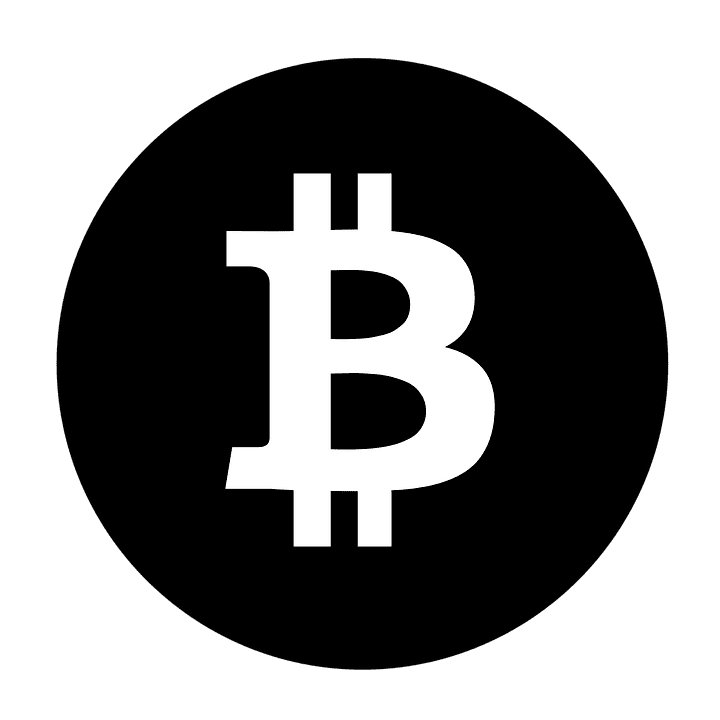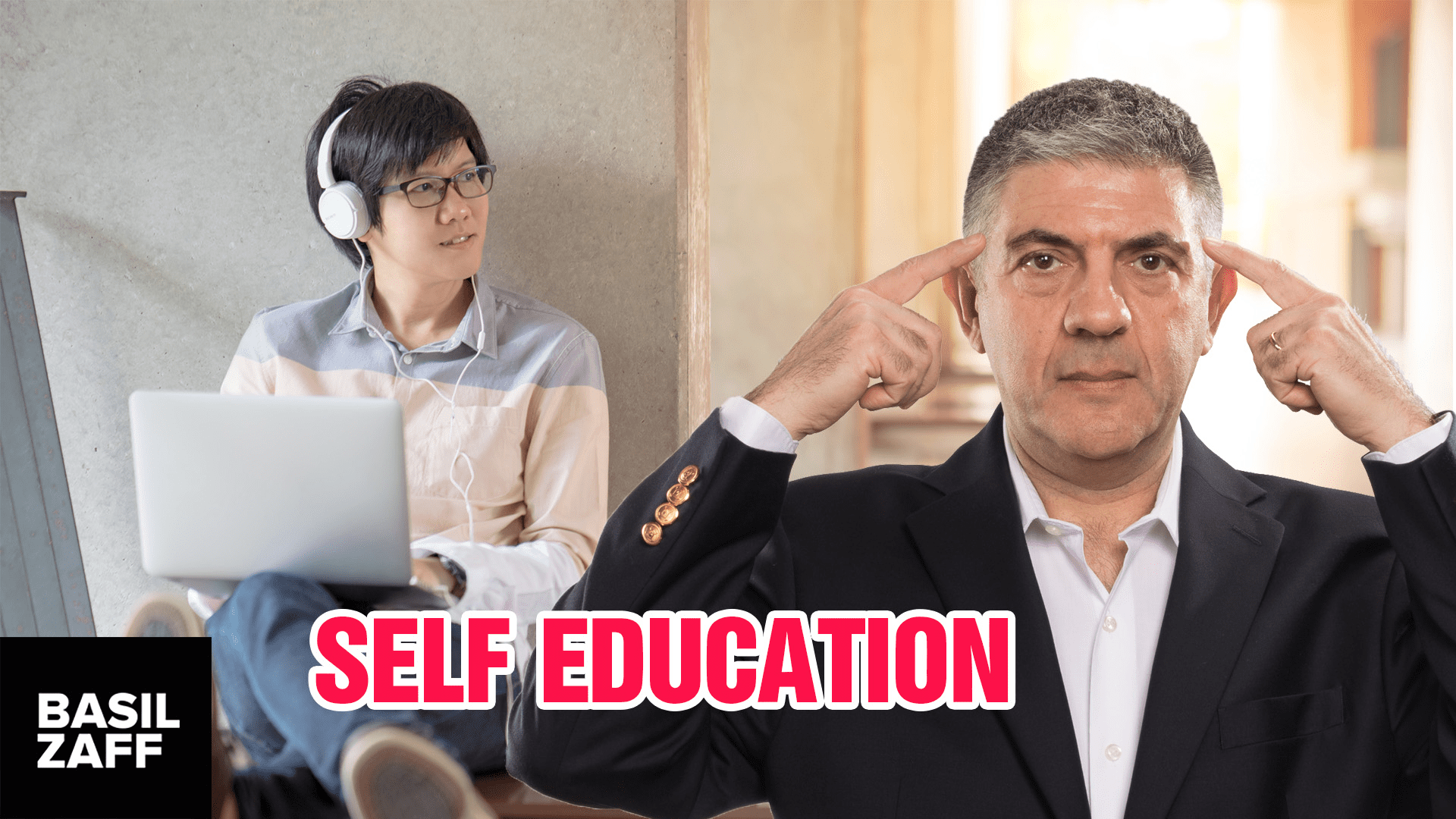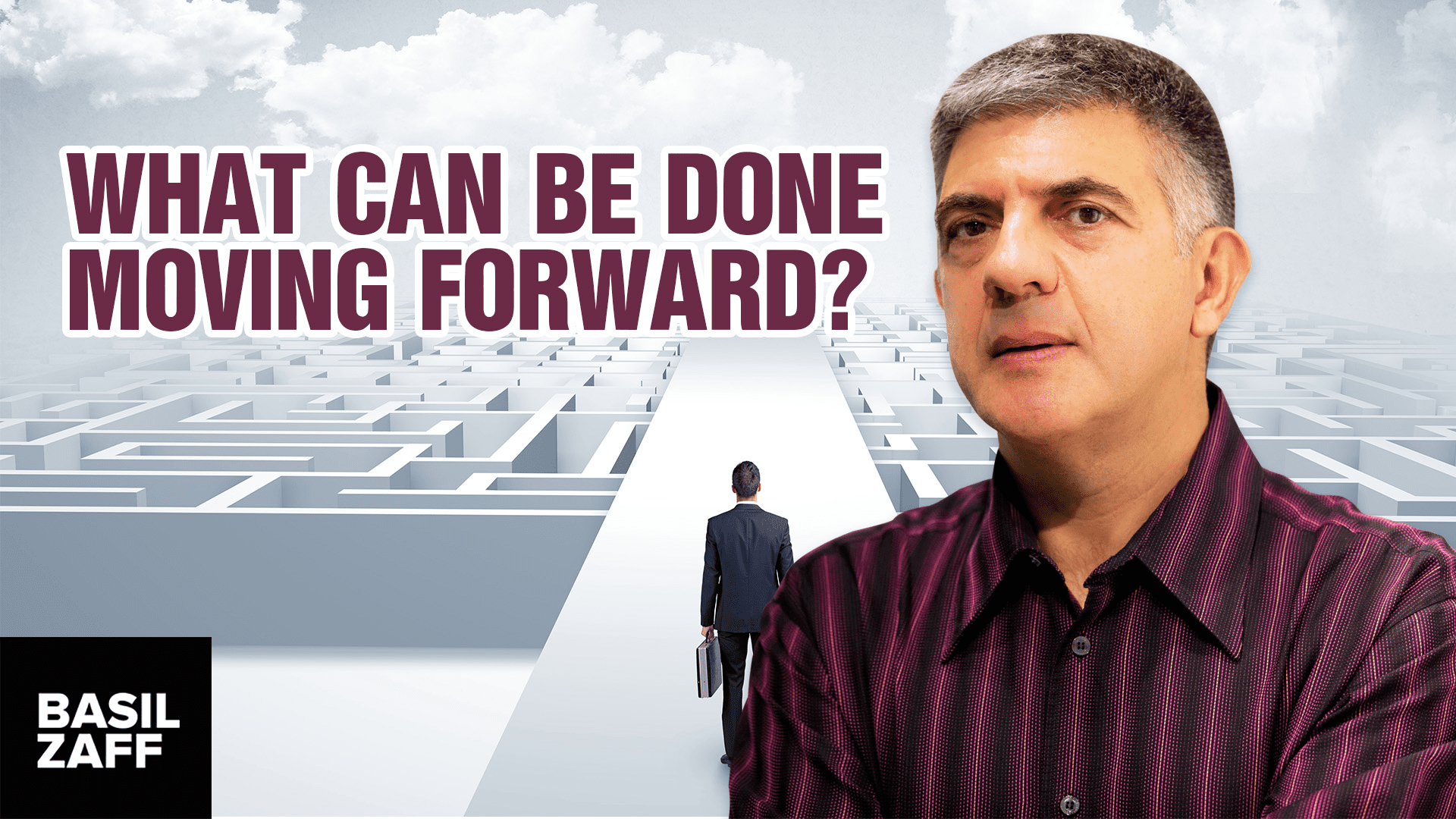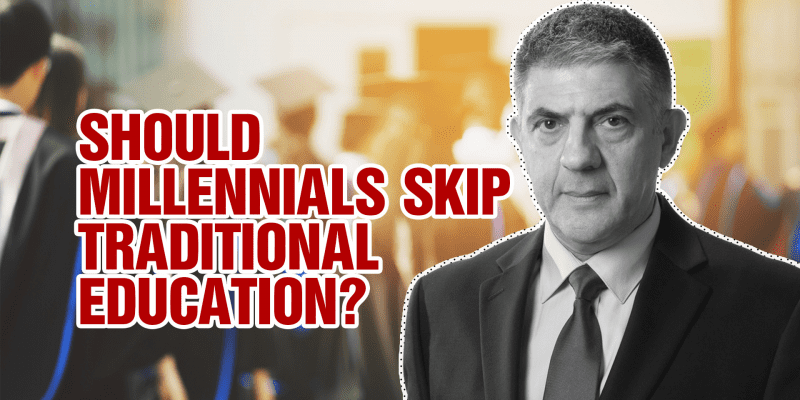
Should Millennials Skip Traditional Education?
The US public education system has been the issue of much debate in the past decade.
Rising tuition cost and decreasing returns have made individuals everywhere question whether college is really such a worthwhile investment.
But the sad reality is that the deficiencies of the modern education system lie much deeper than the university level.
Instead, it would appear that the problems plaguing America’s youth start as early as the primary school level.
In fact, some studies have suggested that the diminishing returns result from outdated teaching practices and structures that are embedded into the modern curriculum at every level.
With an increasing number of students claiming that their education didn’t prepare them for life, it’s time to take a look at whether millennials should even continue their pursuit of a public education.
To do so, we’ll examine the job readiness of graduating students and the ability of college graduates to receive employment.
The Problem with Public Education
The problems with today’s public education system are numerous, but let’s start with what’s arguably the most detrimental:
Students aren’t leaving school ready for the real world.
In fact, the number of real-world skills that are taught in today’s public schools are next to none.
Graduating students are consistently taught to meet outdated standards that have no real application in the real world.
This problem is compounded by the fact that most schools “teach for the test.” This much-criticized practice encourages teachers to instruct students in such a way that they will past a standardized test—and not in one that will allow them to fully understand the concepts behind what they’re learning.
The effects have been detrimental, with several students graduating high school with few employable skills.
From time-honored skills such as filing taxes to modern ones such as a basic understanding of fundamental computer software, public education fails to appropriately teach students what’s necessary to succeed in the real world.
The reasons for this are several-fold.
For starters, with the digital revolution continuing at a rapid pace, it can be hard even for teachers to keep up.
And curriculum developers are even more behind.
Though the face of technology can change in as little as a year or two, curricula are rarely updated this often—and even if they were, there would be few resources to teach with.
Unless schools are constantly buying updated textbooks—which is a major budgeting issue as it is—students are going to be at a natural disadvantage when learning technology through the public education system.
The reasons behind why traditional skills aren’t taught are less clear-cut.
Even for students who wish to graduate high school and pursue lucrative technical degrees, there’s too big of a readiness gap.
In short, the fundamental reason for this is that the educational standards of today are completely misaligned with the current job market.
And this is going to prove a disaster as students continue to graduate in record numbers without many viable job options.
The effect of this so far has been to reduce the power of a high school diploma and even of a bachelor’s degree—and this trend looks to continue unless something is done quickly.
But what options are available? Is there any viable alternative to public education?
Enter Charter Schools
The short answer is yes.
The long one is yes and no.
Charter schools have increased in popularity over the last decade—and for good reason.
These schools allow for more flexibility on the end of the teachers, giving them the power to teach students information that is relevant.
It’s important to note here that charter schools aren’t bound by the same suffocating standards that public schools are.
This precludes teachers from being shoe-boxed into teaching with a certain format or with an outdated lesson plan.
Because of this, charter schools have been better able to prepare students for the real world by teaching a modern and updated curriculum.
And because of their flexibility, these schools can update lesson plans yearly to accommodate for changes in the market—meaning that students are provided the latest information possible.
But even then, there are some drawbacks.
With the rapid development of new technology and jobs, much of what students are preparing for today won’t exist when they graduate.
This can be due either to the fact that the jobs have been replaced by AI or to the fact that the jobs they’ll be working simply haven’t been thought of yet.
This seems like an almost impossible burden to bear for the educational system, but charter schools seem to be making the best of it.
The ability to constantly adapt to workplace conditions is critical to the eventual success of graduating students.
What Businesses Need
So what is it that businesses truly need?
What should graduating students be prepared to do?
As we’ve seen, this can be hard to establish because of the changing nature of the market.
Generally speaking, however, businesses are looking for employees with high-level skills. Students should be able to function at a high professional level and be versed in modern software and practices.
Unfortunately, there’s a disconnect in the ability of modern students with the skills required of them upon graduation.
Students are increasingly unable to meet the demands of the work place and fail to gain even entry level jobs.
This is something that almost any college graduate can attest to.
With entry level positions requiring advanced certification and even a couple years of experience, it can be difficult for new college graduates to find a job even in their field.
This burden is even more cumbersome on high school graduates. As they lack both the basic and the advanced skills needed for meaningful employment, they’re increasingly regulated to manufacturing and other menial jobs.
Self-Education
This has led to an increasing number of students having to learn necessary skills for themselves.
Because of this, graduating students entering the workforce for the first timehave to spend more money and time learning skills they should already have known.
This delays them from securing good employment as they attempt to make up for the skills they haven’t learned.
Forward-thinking students may be able to ease this with internship programs through university, but the benefits to these aren’t widely known.
Encouraging more students to participate in internship programs at the next level may be an effective way to help stymie the stream of graduating students who aren’t workforce ready.
Taking additional steps to learn these skills throughout university may be another effective solution, but with college course loads already so difficult to handle, this may place undue stress on some students.
Until the modern public education system can find a way to keep up, however, students are going to be faced with this excess burden.
Students who don’t take the extra initiative to prepare for the workforce will find themselves unable to compete for entry-level positions. The effect of this is to keep many college graduates from being able to secure employment in a white-collar field.
What Can Be Done Moving Forward?
Is traditional education going to keep millennials down? Should millennials wishing to secure better employment forego traditional education altogether?
Probably not.
Recent changes in public education do suggest that educators are attempting to adapt to the rapid development of the technological world.
Increasing pressure from students and parents alike continues to force educators to update outdated curricula.
But it’s a slow process.
It will likely be some time before any significant changes are made to the structure of public education.
Even with the emergence of charter schools, there are several areas in which education still isn’t preparing children for the workforce.
And while there does appear to be a long-term solution, students are going through school now don’t have the luxury to wait.
They need answers now.
Fortunately, some teachers have recognized this and have made efforts to improve their practices.
By updating their courses with newer information, teachers can help shoulder some of the responsibility of better preparing students.
Though they may be teaching outside of their set curriculum, these teachers are able to provide better and more-up-to-date information. With new practices and more-effective methods being used, students are finally being taught the skills they need to succeed.
Unfortunately, this is still happening at a very small scale. That’s because many teachers are unsure of how to implement these new skills in the classroom.
Until these new practices catch on, students (and teachers alike) are going to need to continue to take matters in their own hands.
My course will help both students and teachers learn the information needed to succeed in today’s highly-technological society.
By following my course, students can learn the skills it takes to be workforce ready—and teachers can better understand the skills they should teach in the classroom.
Join me in helping make sure the youth of today have a fair opportunity to work upon graduation. With your help, we can continue to close the gap between education and workforce readiness.

